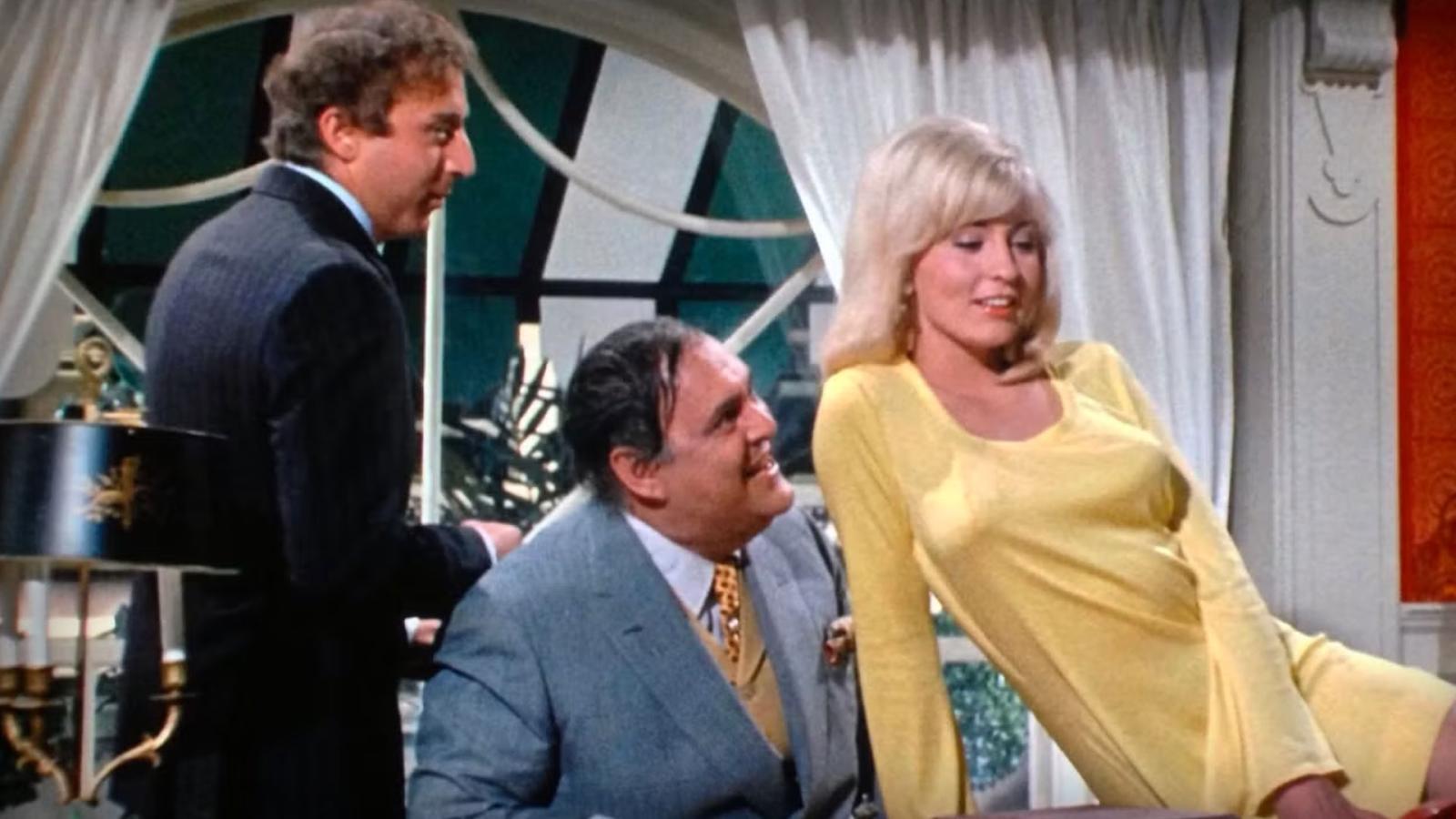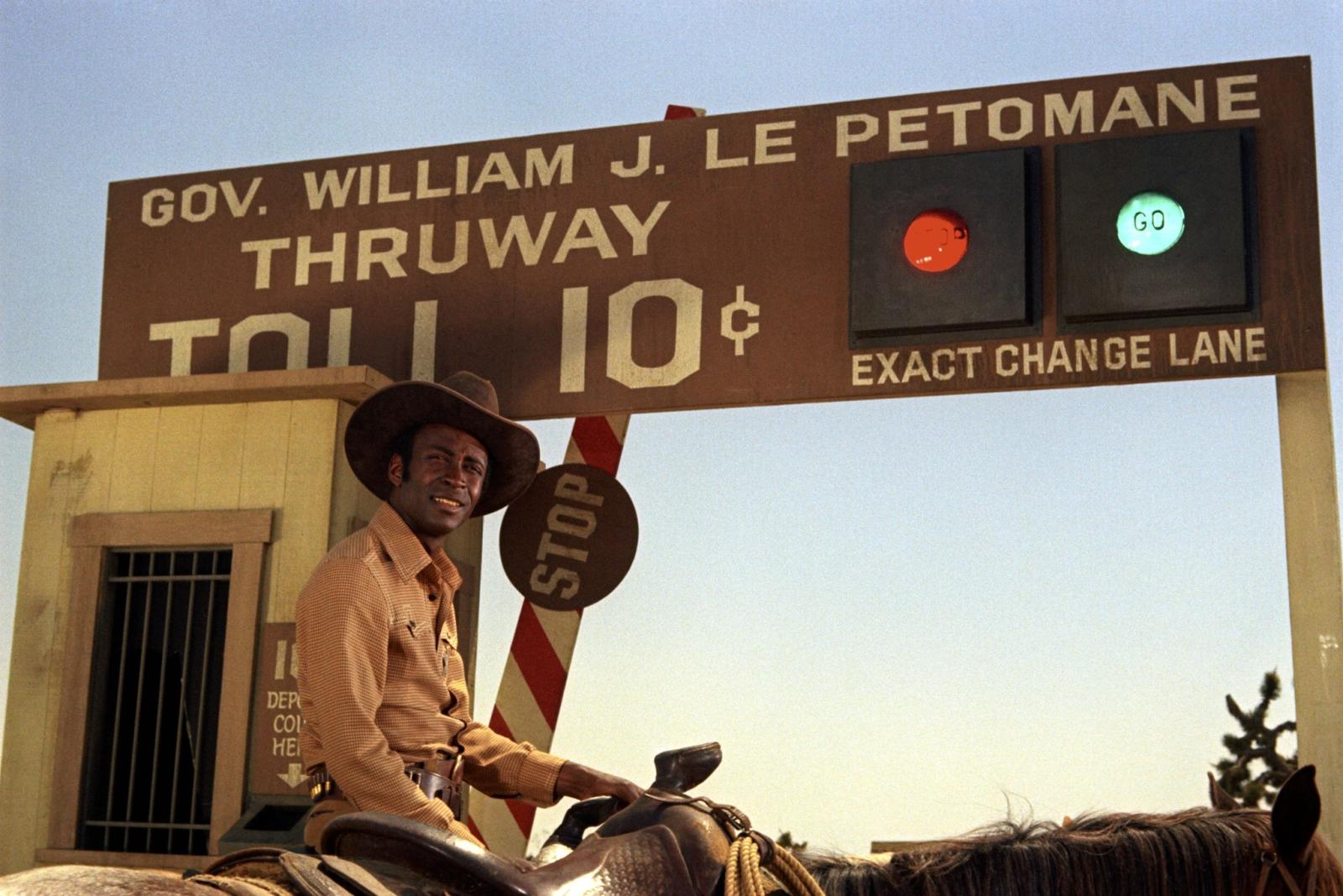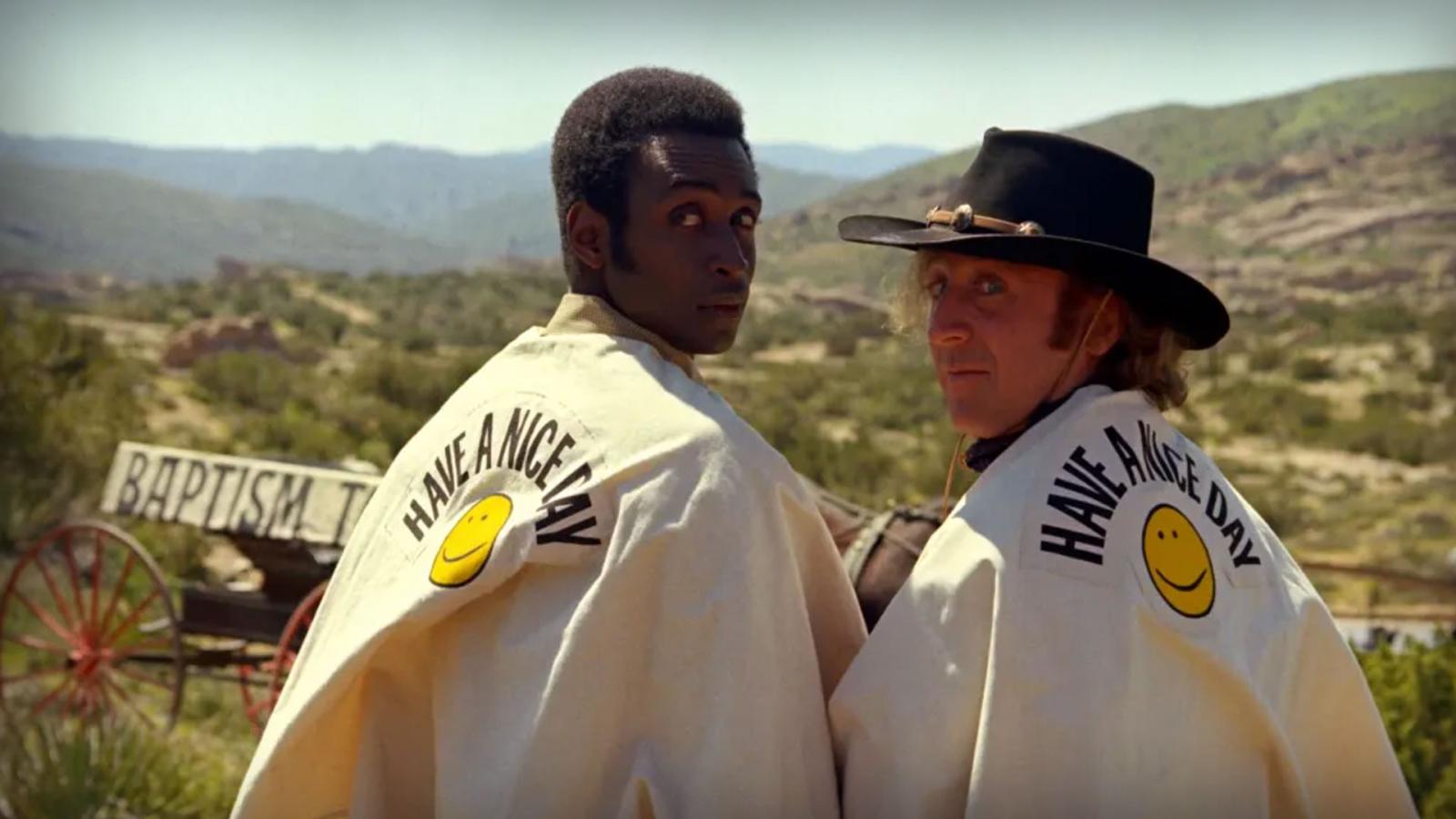Blazing Saddles (1974): 20 Weird Facts You Didn't Know!

Mel Brooks' 1974 Western satire was chaotic from the start.
The first actor cast as the Waco Kid collapsed during filming. The studio tried to cancel the release after seeing the first cut. Censors flagged entire pages of the script. And somehow, it still made it to theaters—uncut, unfiltered, and decades ahead of its time.
Here are 20 production facts about Blazing Saddles—casting disasters, studio fights, rejected cameos, and everything that almost killed the film before it became a classic.
1. Gene Wilder Wasn't the First Waco Kid

The role originally went to Gig Young. He showed up, walked into his first scene—and collapsed. He was in alcohol withdrawal. Production stopped, and Mel Brooks immediately called Gene Wilder. Wilder didn't read the script, didn't ask questions, just got on a plane. He was on set the next morning.
2. Richard Pryor Wrote the Film, But the Studio Rejected Him
Mel Brooks brought in Richard Pryor to help write the script. Pryor gave it its edge—especially the racial satire. Brooks wanted him to play the lead, but the studio refused. Too controversial. Too unpredictable. They replaced him with Cleavon Little, but Pryor's writing stayed.
3. The Studio Tried to Cancel the Film After the First Cut
Warner Bros executives hated the rough cut. They thought it was unreleaseable. The language, the jokes, the tone—they wanted it shelved. Brooks pushed for one test screening. The audience sat silent for 20 minutes—until the campfire scene. That broke the room. The laughter didn't stop after that.
4. The Campfire Fart Scene Changed the Film's Fate
It was the first fart joke in a major studio film. It turned the screening around. The studio still hated it—but they couldn't ignore the reaction. That one scene kept the movie alive.
5. Gene Wilder Insisted on Playing It Straight
When Brooks asked him to take the role, Wilder had one request: he wouldn't play it for laughs. His version of the Waco Kid was calm, dry, and dead serious—while everything around him was chaos. That contrast became one of the film's biggest strengths.
6. The Censors Tried to Gut the Script

The script was flagged for racial slurs, sex jokes, Nazi references, and religious insults. One censor said Brooks would "never work again" if he released it uncut. Brooks didn't change anything unless legally required. Most of the film stayed intact.
7. Cleavon Little Got Hate Mail During Production
Some viewers couldn't separate satire from reality. Little received racist letters and threats while filming. He kept it professional, never missed a beat on set, and matched Wilder's timing in every scene.
8. The Horse Punch Was Real
There was no editing trick. A stuntman hit a trained horse. One take. Done. That moment was left in the film as-is. It would never be allowed today.
9. Hedley Lamarr Was Based on a Real Studio Executive
Brooks never said who, but Lamarr was modeled after a real executive Brooks disliked. The smugness, the vanity, the nonsense—intentionally exaggerated, but not fictional.
10. Slim Pickens Thought It Was a Straight Western
Nobody told him it was a spoof. He delivered all his lines like it was a serious film. That unintentional straight-man performance made every joke around him land harder.
11. The Toll Booth Explosion Nearly Went Wrong

The scene with the fake toll booth and dynamite was meant to be slapstick. But on the day of filming, the explosive charge detonated early—just seconds after the actors cleared the area. No one was injured, but it was a close call. After that, Brooks banned any non-essential crew from being near explosives. Still, he kept the take.
12. The Dance Number Was Improvised and Almost Cut
The sudden musical number with Dom DeLuise wasn't originally planned out in full. The choreography was thrown together last-minute. DeLuise ad-libbed most of his lines. The studio hated it and wanted it removed. Brooks ignored them and left it in. It became one of the film's most memorable scenes.
13. A Studio Exec Didn't Understand the Ending
After the final screening, one executive sat in silence and then asked, "Why do they leave the movie?" Brooks told him, "Because it's over." The ending—where the characters walk off set, get in a limo, and drive away—wasn't meant to make sense. It was a deliberate break from traditional storytelling. Audiences understood it immediately. Executives didn't.
14. Mel Brooks Played Three Roles Without Preparation
In addition to directing and co-writing, Brooks played Governor Le Petomane, the Yiddish-speaking Native American chief, and the campy director during the finale. He wrote most of those parts on set and didn't rehearse. The point was to be chaotic and unpolished—and it worked.
15. The Film Was Nominated for Three Oscars—and Won Nothing
Despite being one of the biggest comedies of the decade, Blazing Saddles didn't win a single Academy Award. It got nominations for Best Supporting Actress (Madeline Kahn), Best Film Editing, and Best Original Song. Brooks later said the film was too "dangerous" for the industry to reward.
16. The Studio Made a Censored TV Spinoff No One Saw

Warner Bros produced a sitcom called Black Bart to keep the film rights active. It used the same characters but stripped out everything controversial. Only a few episodes were shot. They were never aired. Brooks had nothing to do with it and never acknowledged its existence.
17. Executives Tried to Force a Title Change
The title Blazing Saddles was considered too strange and suggestive. Studio execs pushed for safer alternatives like Tex or Black Bart Rides Again. Brooks refused. He said the title was part of the joke and wouldn't change it. The studio backed down.
18. Brooks Has Said the Film Couldn't Be Made Today
Multiple times over the years, Brooks has stated that Blazing Saddles could never get greenlit under modern studio systems. Between the language, the satire, and the subject matter, no one would risk it. He's said it was only possible because of the specific time, culture, and people involved.
19. The Crew Kept Ruining Takes by Laughing
Several scenes had to be reshot because crew members couldn't stop laughing. Boom mic operators dropped into frame. Camera assistants ruined audio. Even the assistant director had to be removed from set. Brooks eventually had to remind everyone they were still making the film—not just watching it.
20. John Wayne Turned Down a Cameo—Then Showed Up to Opening Night
Brooks offered John Wayne a cameo as himself in the film's chaotic ending. Wayne read the script and liked it, but turned it down, saying his fanbase wouldn't forgive him. He still showed up to opening night and supported the film. Brooks said it was the best kind of endorsement he could've asked for.